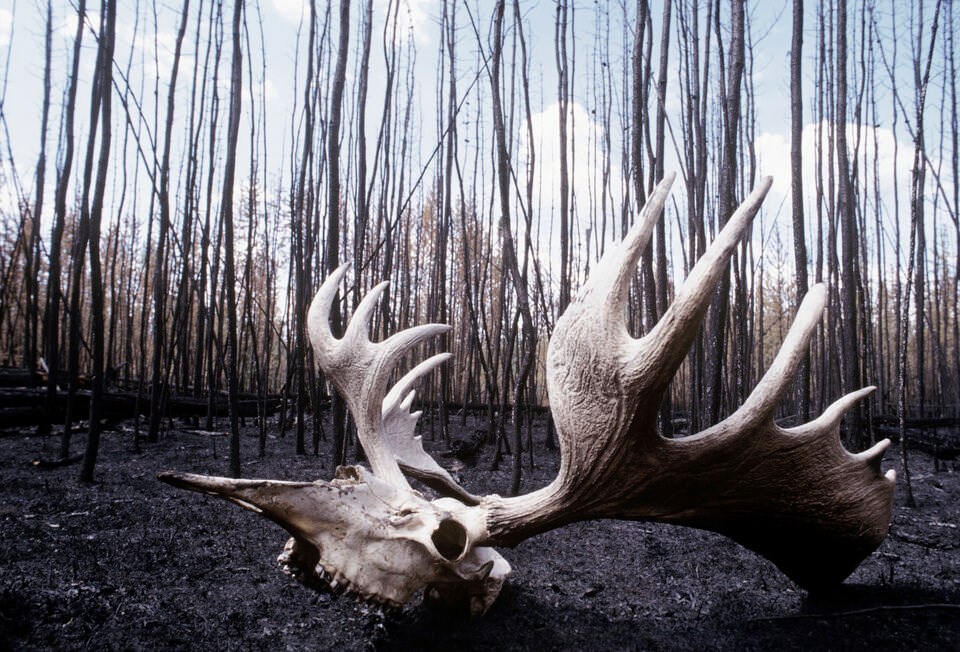The provincial government expects to plant nearly 50 million fewer trees this year — a 17 per cent drop from last year’s planting season at a time when the province has seen a major spike in wildfire activity.
The projections come from presentation slides obtained by Glacier Media and shown to the industry in September, less than 10 days before the sa国际传媒’s provincial election campaign kicked off.
During the campaign, the sa国际传媒 NDP promised to plant 300 million trees annually across the province to “help increase forest resilience.”
That promise followed two of the most destructive wildfire seasons in sa国际传媒’s history. In 2023 alone, more than 6,000 fires torched 15 million hectares of land, an area larger than England, according to Natural Resources sa国际传媒.
But according to the province’s own projections, the government expects the number of trees planted to sink to 233 million in 2025, 47 million fewer than were planted in 2024.
A statement from the Ministry of Forests issued in late December said more than 280 million trees of 13 different species were planted in the province in 2024, 10 million fewer than was projected three months earlier.
About half of the anticipated drop in 2025 is due to declines in trees planted by logging companies. Drops are also expected in government programs designed to combat climate change, restore forest carbon stocks, and plant trees in the wake of wildfires, data show.
A spokesperson for the Ministry of Forests said part of the decline in expected planting this year is due to a drop in tree harvesting in regions like Omenica and Skeena in recent years.
The 2023 wildfires also prevented many replanting projects from occurring that year, and delays due to the time it takes to grow enough seedlings mean replanting won’t take place until 2026 and 2027, according to the ministry spokesperson.
Minister of Forests Ravi Parmar defended the province’s reforestation record. “British Columbians can be proud of our tree-planting work,” Parmar said in a statement. “We’ve led the country by planting more than two billion trees in our province in the last seven years, and there’s a lot more work to do.”
Randy Fournier, CEO of the Victoria-based tree-nursery company PRT Growing Services Ltd., said the tree-planting projections raise serious questions over how the province hopes to recover its forests from such devastating fire seasons.
“The fact that planting is going down at a time you’ve come off back-to-back epic wildfire years is just immensely concerning,” Fournier said. “How do you actually plant [fewer] seedlings after an epic wildfire?”
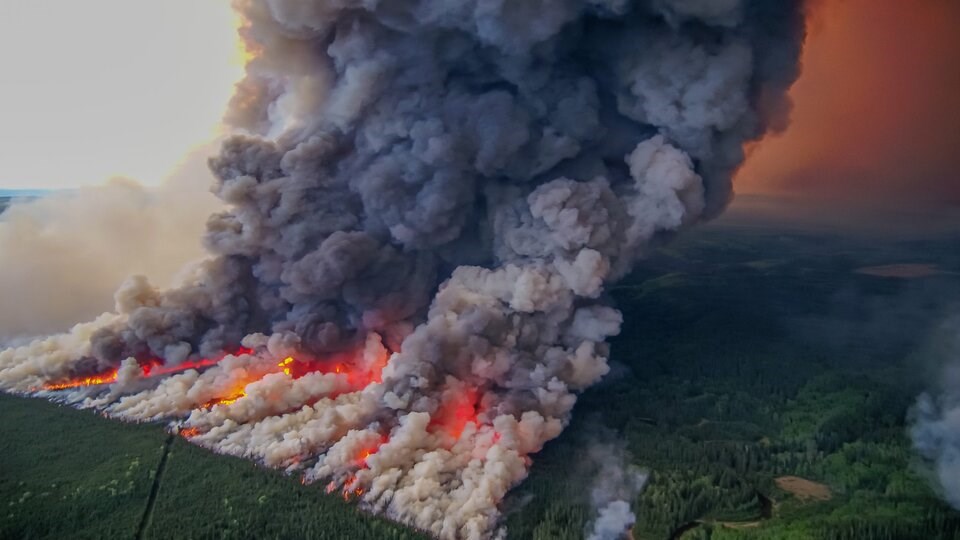
Tree planting down amid growing wildfire threat
The steep decline in tree planting comes as wildfires grow in size and destructive power. Over the past eight years, more than 7.56 million hectares have burned across sa国际传媒 That’s bigger than Ireland and nearly triple the combined area burned in sa国际传媒 over the previous 16 years.
Several studies have linked a rise in wildfire activity to climate change.
One 2023 found emissions from the world’s top fossil-fuel producers and cement manufacturers played a role in almost 40 per cent of the area burned by wildfires in Western sa国际传媒 and the United States over the last four decades.
The research, which measured how burning fossil fuels amplified the vapour-pressure deficit across Western North America — essentially a measure of how “thirsty” the atmosphere is — found major fossil-fuel emitters were responsible for nearly half the increase in fire-prone conditions since 1901.
Another group of researchers found climate change drove sa国际传媒 forests to take a turn in 2005 from prevailing wet conditions to two decades of increasingly dry and . That helped drive the recent spike in wildfire activity, a trend researchers found is likely to continue over the next century.
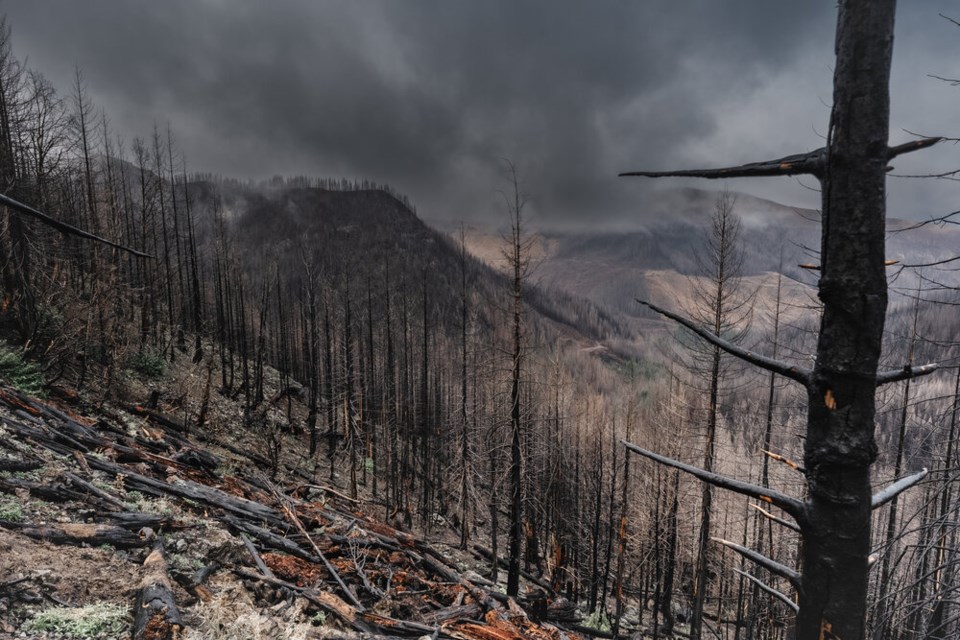
Previous natural cycles of fire would trigger trees to drop their cones and seeds, allowing forests to regenerate. But sa国际传媒’s hotter and bigger fires are now often incinerating cones and burning away soils, say experts.
Erik Piikkila, a forest technician and watershed ecologist in Ladysmith, said that while sa国际传媒’s forecast decline in tree planting next year is likely due to a number of factors — including the possibility of U.S. tariffs on Canadian lumber that could lead to a decline in logging — the rise in wildfire intensity is making large swaths of ground more difficult to plant on.
“These wildfires are burning so hard they’re baking the ground hard,” Piikkila said. “All these factors are adding up.
“It’s another perfect storm.”
Take 'incremental bites' out of the problem, says nursery association head
The nursery industry estimates that replanting about 15 per cent of the forest burned in 2023 and 2024 would require more than 880 million seedlings in sa国际传媒 and a combined 5.3 billion across sa国际传媒.
sa国际传媒 nurseries do not currently have the capacity to produce that many additional seedlings every year, but with the right amount of government funding, they could take “incremental bites” out of what burned, said Christina Lavoie, president of the Forest Nursery Association of sa国际传媒
However, as the total number of trees planted decreases in places like sa国际传媒, achieving that level of nursery production is becoming an increasingly distant prospect, said Rob Keen, executive director of the Canadian Tree Nursery Association.
“It’s not just, ‘Next year, we’ll jack it up.’ You’ve got to maintain it,” Keen said.
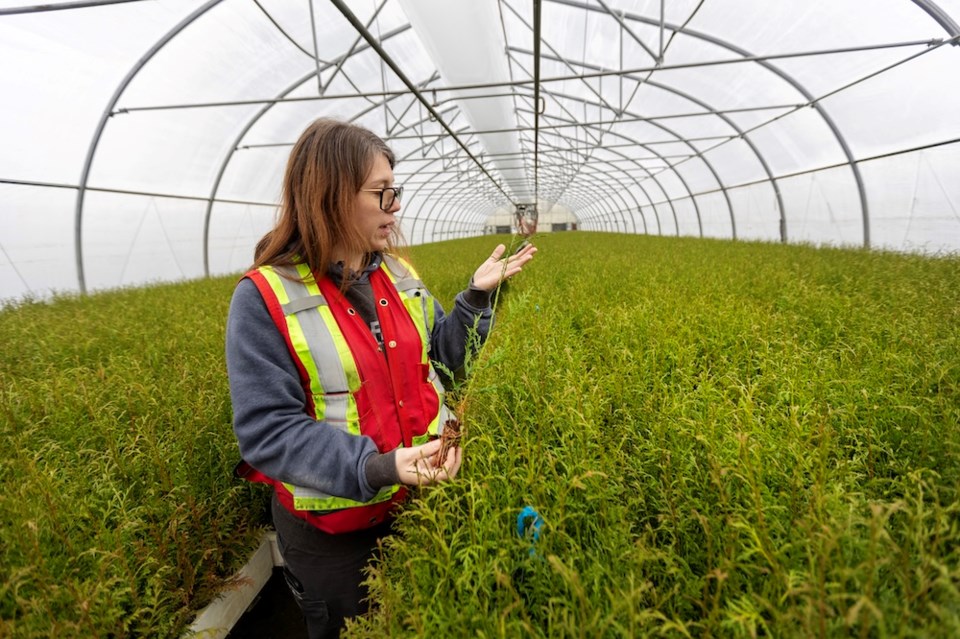
鈥婣t the Oliver-based nursery K&C Silviculture, general manager Henry Yang said most of the more than 40 million seedlings they produce every year go to logging companies required to reforest harvested areas.
He said there’s “no doubt” natural disasters have increased demand for reforestation in recent years, but without incentives, nurseries and logging companies are still planting a fraction of new trees in burned areas.
“We are playing catch-up to forest that was lost maybe six or seven years ago,” Yang said.
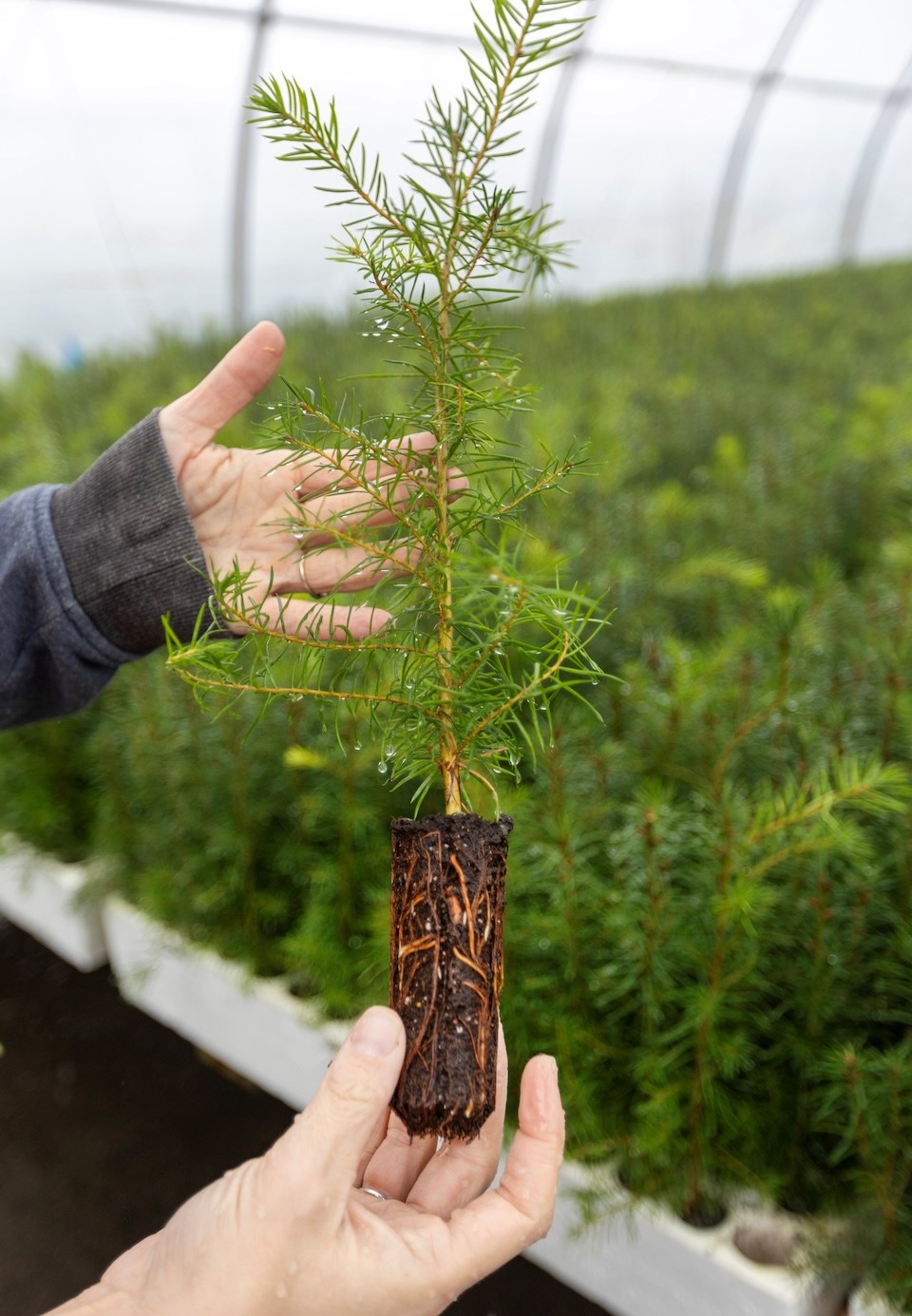
鈥媀alue forests a 'critical infrastructure'
For PRT’s Fournier, the growing intensity and scale of Canadian wildfires is pushing the country’s forests to a “tipping point” where they won’t be able to recover on their own. It’s a message the CEO delivered last month to sa国际传媒’s .
“Pine cones don’t fly,” Fournier told the committee. “When the edges are out here, you end up with permanent grasslands in the middle because you couldn’t get there before invasive species took over.”
Fournier called on the federal committee to start treating forests as “critical infrastructure” and help remove barriers to clearing burned forests so replanting can occur.
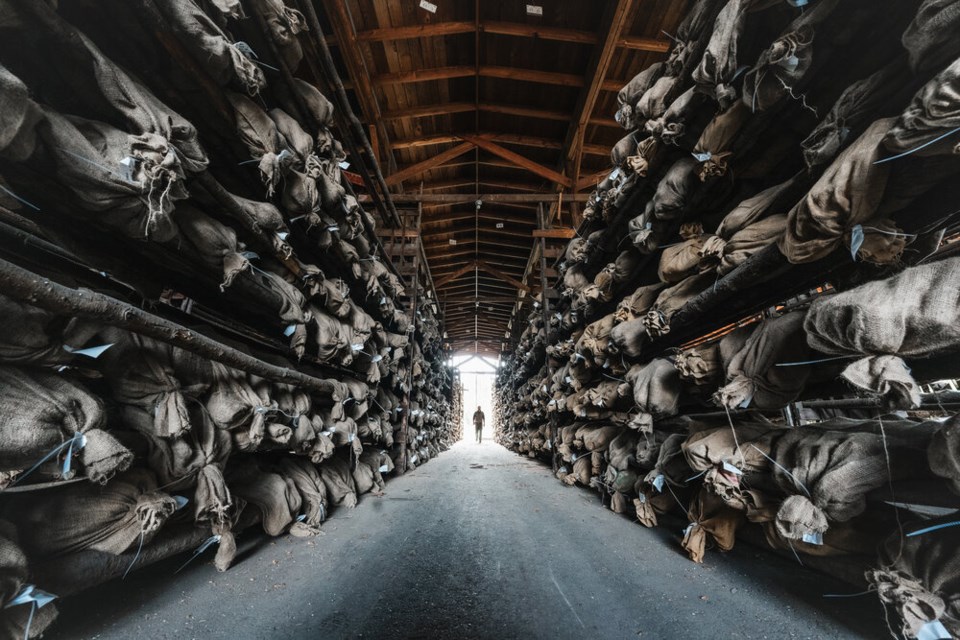
PRT’s 28 nurseries produce more than 600 million seedlings every year. That makes it the largest tree-nursery company in North America. Fournier said an increasing number of those seeds are going toward reforesting burned areas.
But where jurisdictions like Alberta have moved quickly to let forestry companies salvage and replant forests scorched by fire in recent years, he says sa国际传媒 has fallen behind.
“Within weeks [after the 2023 wildfires] in Alberta, salvage logging took off. I’ve heard customers say in sa国际传媒 that takes up to a year to happen,” he said.
Industry calls for creation of 'restoration economy'
The province’s forecast decrease in planting next year represents the largest single-year drop in tree planting since the 2008 economic crisis, according to Lavoie.
Without ramping up planting in burned areas, she said, the decline in area harvested in sa国际传媒 is going to lead to a “ripple effect,” putting pressure on nurseries in the same way pulp and paper mills have curtailed production and laid off workers.
“We’ve seen some ebbs and flows, but really nothing this substantial and prolonged,” she said.

Lavoie says the province’s promises to re-invest in planting trees could mark a turning point toward a “restoration economy.” But she said that would require a major scaling up of sowing requests and survey work in burned areas.
“We need boots on the ground,” she said.
To do that, Fournier said Ottawa and the provinces need to help host private reforestation on Crown land and redeploy sa国际传媒’s 2 Billion Trees Program to replant areas hit by disaster.
“We’re trying to figure out a way to help government get out of its own way, because by the time they figure this out, it’s going to be too late,” Fournier said.

Critics say replanting burned forests an 'enormous' industrial undertaking
When the 2 Billion Trees program began in 2021, the federal government sold it as a way to reforest land and sequester carbon in places where logging companies had no duty to plant trees.
The recent destructive wildfire seasons have shifted that narrative, said David Wallis, Nature sa国际传媒’s policy and campaign manager for reforestation.
Whatever its intent, Wallis said the program has consistently failed to meet its own targets year after year, let alone provide the money nurseries would require to replace trees lost to wildfire.
“This program is never going to have the capacity to replant the trees lost to forest fires,” said Wallis. “The industrial size of that would be enormous.”
Consider this, he said: Even if the federal program could be expanded, the forecast drop in trees planted in sa国际传媒 next year would effectively wipe out those gains.
“That decline is more than the 2 Billion Trees program has managed to plant in any single year,” Wallis said of the falling sa国际传媒 numbers. “That decline is really substantial.”
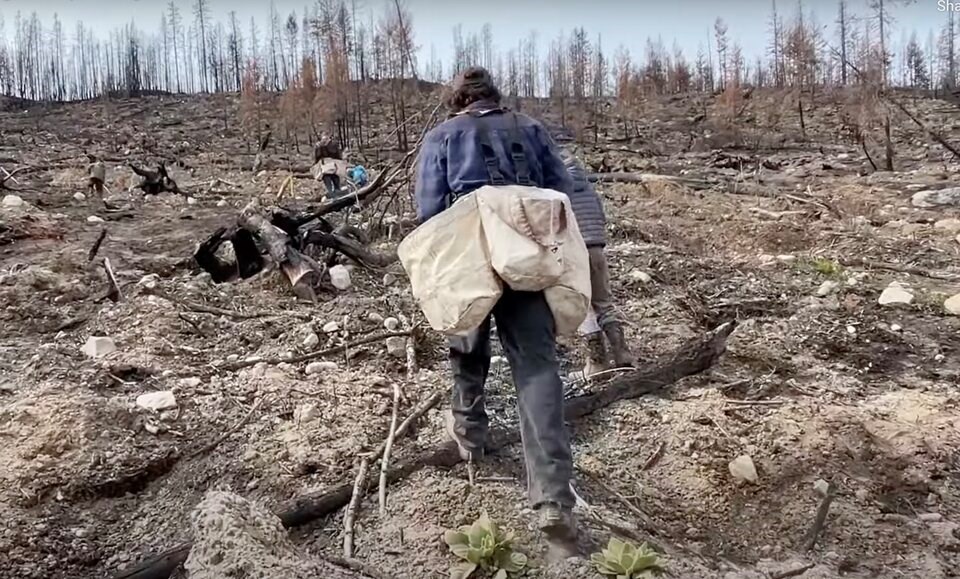
Tree planting 'misguided' from the start, says ecologist
Karen Price, an old-growth ecologist who served as a technical adviser on sa国际传媒’s Old Growth Strategic Review, questioned the entire premise that planting fewer trees is a bad thing for sa国际传媒’s forests.
She described the focus on tree planting as a “red herring” that has allowed the forestry industry to continue logging as usual.
“It’s misguided,” she said. “I’d be happy if they planted fewer trees, particularly on burns.”
Price pointed to from Alana Clason, an ecologist at the Bulkley Valley Research Centre who published a study in 2022 looking at 21 wildfires across sa国际传媒’s Interior from 1960 to 2015. Some of the burned areas were replanted, while others were left to regrow on their own.
After examining the sites, Clason and her colleagues — including one from the sa国际传媒 government — concluded that tree planting decreased the total carbon locked into the ecosystem over time, largely through the loss of dead wood from salvage logging and site preparation.
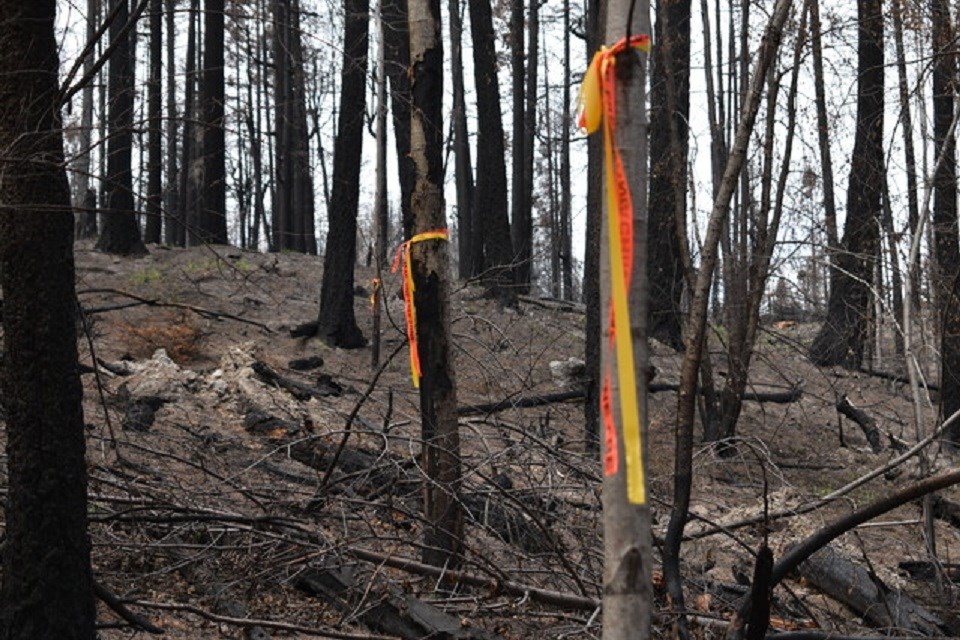
A team of U.S. scientists drew similar conclusions in 2006, when researchers from Oregon State University and the U.S. Department of Agriculture Forest Service presented showing conifer regeneration and fuel loads following the state’s 2002 Biscuit Fire.
The scientists compared burned areas with and without post-fire salvage logging and tree planting. Ultimately, they found the logged and planted areas reduced median regeneration density by 71 per cent, and significantly increased downed woody fuel loads, adding to short-term fire risk.
“It is true that fires are burning hotter than they were. And it is true, for sure, that it’s going to be a bit harder to regenerate,” said Price. “But if we go in and salvage what’s there — which we’re doing more and more — we’re compacting soil even more, and we’re damaging it even more.”
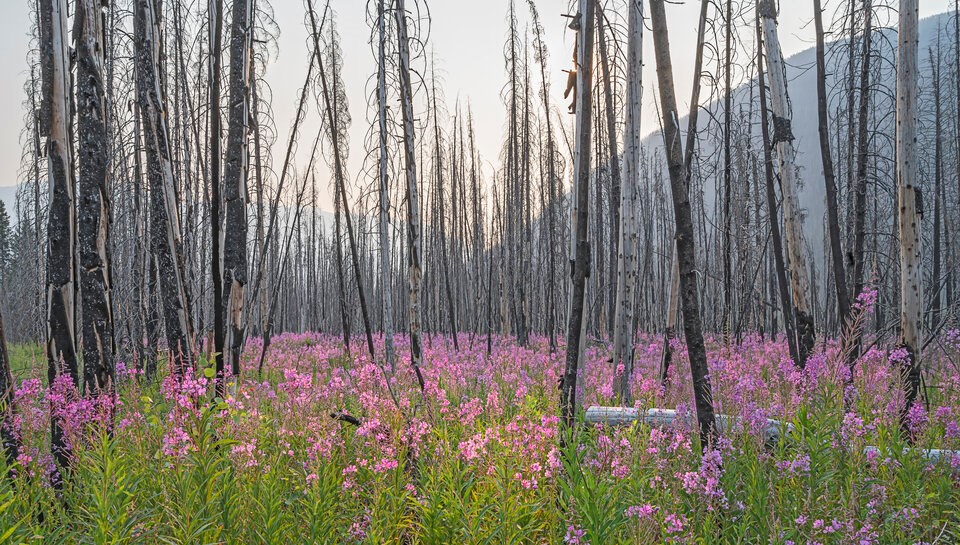
The study out of Oregon sparked a public controversy over the merits of post-fire logging and tree planting that continues to this day.
In sa国际传媒, both the tree nursery and logging industries continue to argue that thinning and salvage logging will help suppress wildfires while offering a new source of revenue for the forestry sector.
It’s a path some have suggested could help industry regain its place as the where wildfire is a villain everyone can agree on.
But for ecologists like Price, using the latest destructive wildfire seasons to drive more public dollars into tree planting will only perpetuate an industrial cycle that foments wildfire and destroys biodiversity.
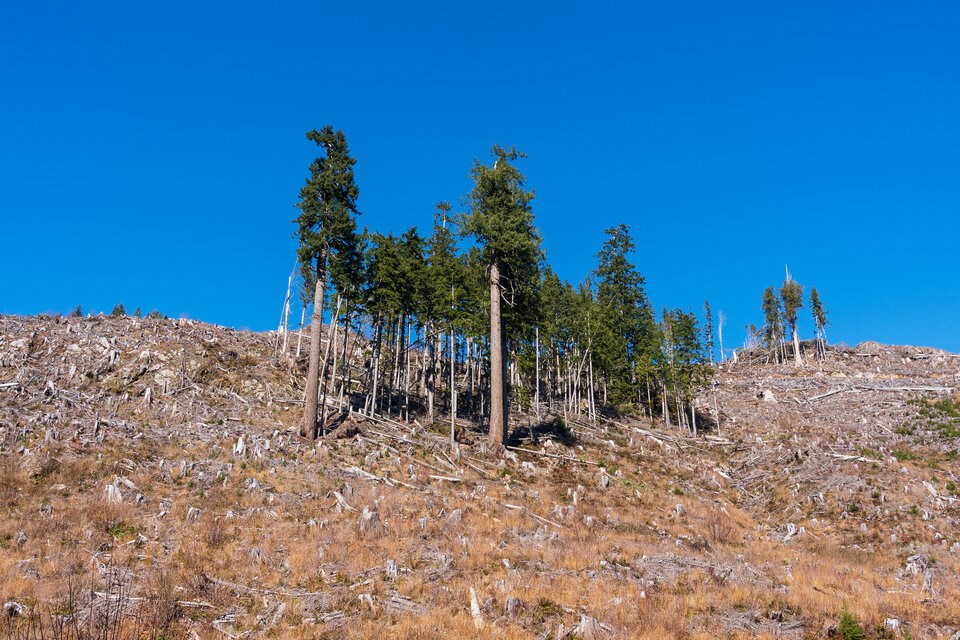
Others suggest charting a cautious path toward increased tree planting.
Nature sa国际传媒’s Wallis agreed more government money needs to be plowed into tree nurseries to boost seedling stocks for burned areas.
But he warned any investment needs to come with long-term requirements to improve biodiversity and prevent logging companies from reaping all the benefits of public investments through mono-crop tree plantations.
Piikkila, the forest technician and watershed ecologist, added that both logging companies and governments need to ramp up the planting of deciduous species to act as fire breaks.
“We’re planting these dense plantations that are just bait for fire to come ripping in,” she said. “The status quo is setting up a house of cards.”
